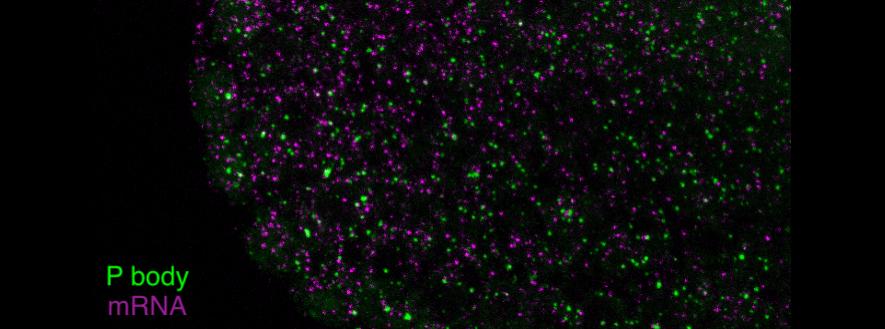
Exploring the formation and function of biomolecular condensates in early development
Supervisor: Dr Tim Weil
Biomolecular condensates are membrane-less structures composed of proteins and RNAs. Often termed “bodies” or “granules", these cellular compartments function as reaction crucibles and sub-cellular organisational hubs. In early animal development, many condensates have been shown to be essential including: P granules in C. elegans; Processing bodies (P bodies) in Drosophila; the mitochondrial cloud in Xenopus; and Balbiani bodies in zebrafish.
Recently, we have shown that P bodies in the mature Drosophila egg are primarily regulated by structurally distinct proteins and weak multivalent interactions. In vivo, P body integrity is controlled through an arrested physical state which is critical for the storage of mRNAs.
This project aims to further our understanding of in vivo P bodies by exploring their formation, maintenance and dynamics. We will use genetic tools to alter the expression levels of key P body proteins and subsequent advanced microscopy and biochemistry to assess the impact of manipulation on P body form and function.
References
Granule regulation by phase separation during Drosophila oogenesis. Sankaranarayanan M. and Weil T.T. Emerging Topics in Life Sciences, 2020 ETLS20190155. doi.org/10.1042/ETLS20190155
Liquid phase condensation in cell physiology and disease. Shin Y and Bragwynne CP Science. 2017 Sep 22;357(6357). doi: 10.1126/science.aaf4382.
